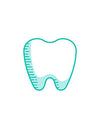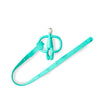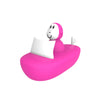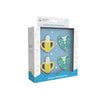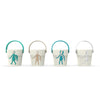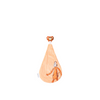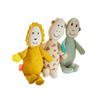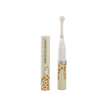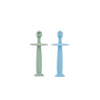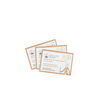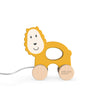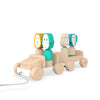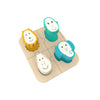What You Need To Know About Teething And Nappy Rash
Ah, teething, one of the most challenging periods of early parenthood. If you’re incredibly lucky, you’ll have one of those magical babies that aren’t bothered by their teeth coming through. The rest of us, on the other hand, will need some guidance.
When we think of the signs of teething, we think of drooling, chewing, crying and rosy cheeks. Many parents also believe that teething can affect what goes on in our baby’s nappy, but can you put nappy rash down to another sign of teething?
Teething In Babies
Babies will generally start the teething process at about 6 months old. Some babies will start earlier, some later. By the time they are three, most children will have all of their teeth, regardless of when they started teething.
With the teething process being so long, it’s easy to put any symptoms or issues down to teething.
What Are The Symptoms of Teething?
When you tell people your baby is teething, especially other parents, you’ll get that knowing look that is part “I understand what you're going through”, part “rather you than me”. That’s because they know that teething can cause all sorts of issues for you and your baby.
Here are some of the main symptoms associated with teething.
- Biting and chewing
- Drooling
- Irritability
- Ear pulling and rubbing
- Rosy cheeks
- Poor appetite,
- Mild temperature
These symptoms are so wide-ranging, that it is easy to write off any symptom as “teething”, even though they do not typically cause nappy rash. These include:
- Sleep disturbances
- Congestion
- Diarrhoea
- Decreased liquid intake
- Cough
- High fever
- Vomiting
- Nappy rash
There are some who believe that due to the excessive drooling caused by teething, then babies are more prone to diarrhoea, and in turn, nappy rash.
Since there’s no definitive proof that this is the case, you shouldn’t automatically put these symptoms down to teething. While it’s not unheard of, there are other things more likely to be causing it. Always rule these out first.
Nappy rash is typically caused by one or more of the following:
- Diarrhoea (which can be caused by diet or infection)
- Irritation from urine and poo
- New products (baby wash, bubble bath etc)
- Not changing nappies often enough
- Changes in diet
- Yeast infection or thrush
- High fever
How To Treat Nappy Rash
While you are trying to find the cause of the nappy rash, you also need to treat it. Keep the area clean and dry, changing nappies often, At each change, use a specialist cream such as Sudocrem or Metanium to soothe any soreness and protect the area. Try and give your baby nappy free time too - they’ll love it!
Advice For Parents
Teething can be a stressful time, causing all sorts of chaos to your usual routine. It can be hard to know what symptoms are caused by teething and which could be caused by a different, more serious issue.
You know your baby best, so if they do develop a bad case of nappy rash, look at other causes before putting it down to teething. For more information on teething, check out our blog posts:
When Do Babies Start Teething?
9 Steps on What To Do for A Teething Baby

